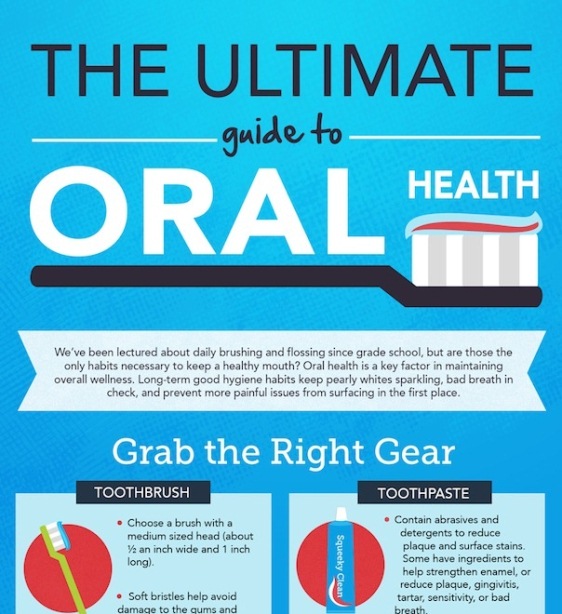Guarantee You Are Prepared For Unforeseen Oral Emergencies By Being Able To Recognize The Signs And Symptoms Of Trauma And Knowing When To Look For Immediate Clinical Attention
Guarantee You Are Prepared For Unforeseen Oral Emergencies By Being Able To Recognize The Signs And Symptoms Of Trauma And Knowing When To Look For Immediate Clinical Attention
Blog Article
Material Writer-Tyler Cantrell
If you feel an abrupt jolt of discomfort or observe a tooth injury, it can be upsetting. Yet how do you figure out if it's an oral emergency situation that calls for immediate attention? Understanding the vital indications and knowing when to seek assistance can make all the difference in protecting your dental wellness. Knowing when to act swiftly might imply https://trevoraumfz.activoblog.com/31813780/5-tactical-recommendations-for-selecting-the-most-effective-pediatric-dental-professional-for-your-kid between a quick fix and much more comprehensive treatment.
Common Types of Dental Injury
What're the usual sorts of dental trauma that you should be aware of?
Mishaps can occur, bring about different kinds of dental injuries. One usual sort of oral injury is a cracked tooth. https://www.whas11.com/article/features/great-day-live/freedom-mini-dental-implants-has-a-new-location-in-fern-creek/417-8da7aebb-f99f-4a9c-b3b2-59b60c5e6fa4 can happen from biting down on something hard or experiencing an impact to the face.
One more kind is a damaged tooth, where a part of the tooth can chip off. Additionally, you might experience a knocked-out tooth, which can take place during sports or drops. It's vital to deal with the tooth carefully and seek immediate oral interest.
Dental trauma can additionally involve a tooth that has been pushed out of placement or loosened due to an injury. This sort of injury requires timely treatment to conserve the tooth.
Lastly, soft tissue injuries in the mouth, such as cuts, can also take place from accidents. Finding out about these usual kinds of dental trauma can assist you act quickly and suitably in case of an emergency.
Signs of Oral Emergencies
Acknowledging the signs of oral emergencies is essential for timely activity and appropriate therapy. If you experience serious tooth pain that's constant and pain, it could show a hidden problem that needs instant interest.
Swelling in the periodontals, face, or jaw can additionally be a sign of a dental emergency, particularly if it's accompanied by discomfort or high temperature. Any type of kind of trauma to the mouth resulting in a split, damaged, or knocked-out tooth needs to be dealt with as an emergency situation to prevent more damage and prospective infection.
Hemorrhaging from the mouth that doesn't stop after using stress for a few minutes is an additional warning that you should look for emergency situation dental treatment. Furthermore, if you observe any type of indicators of infection such as pus, a foul preference in your mouth, or a fever, it's necessary to see a dental professional as soon as possible.
Disregarding these indicators can lead to more major complications, so it's important to act quickly when faced with a prospective dental emergency situation.
Relevance of Immediate Therapy
Motivate action and immediate therapy are essential in resolving dental emergencies to prevent further complications and guarantee ideal end results for your dental wellness.
When confronted with a dental emergency situation, such as a knocked-out tooth or severe tooth pain, looking for immediate therapy can make a considerable distinction in saving your tooth and easing pain. Postponing treatment can result in infection, raised discomfort, and even long-term damage to your teeth and gums.
By seeking emergency dental care promptly, you raise the opportunities of effective therapy and remediation. Dental practitioners have the essential skills and tools to address emergencies properly, lowering the risk of lasting repercussions.
Furthermore, instant therapy can assist manage discomfort and pain, allowing you to resume your day-to-day activities without interruption.
Conclusion
To conclude, comprehending oral trauma and understanding when to look for emergency treatment is vital for maintaining dental health and wellness.
By identifying usual kinds of oral injuries and the indications of dental emergencies, you can make certain timely care to stop more damage and issues.
Keep in mind, looking for instant therapy can save teeth, decrease pain, and raise the possibilities of effective recovery.
Don't be reluctant to look for aid from a dental professional if you experience any type of signs of oral injury.
